Home>Technology>Security & Surveillance>What Is Wireless Lock When Door Opened
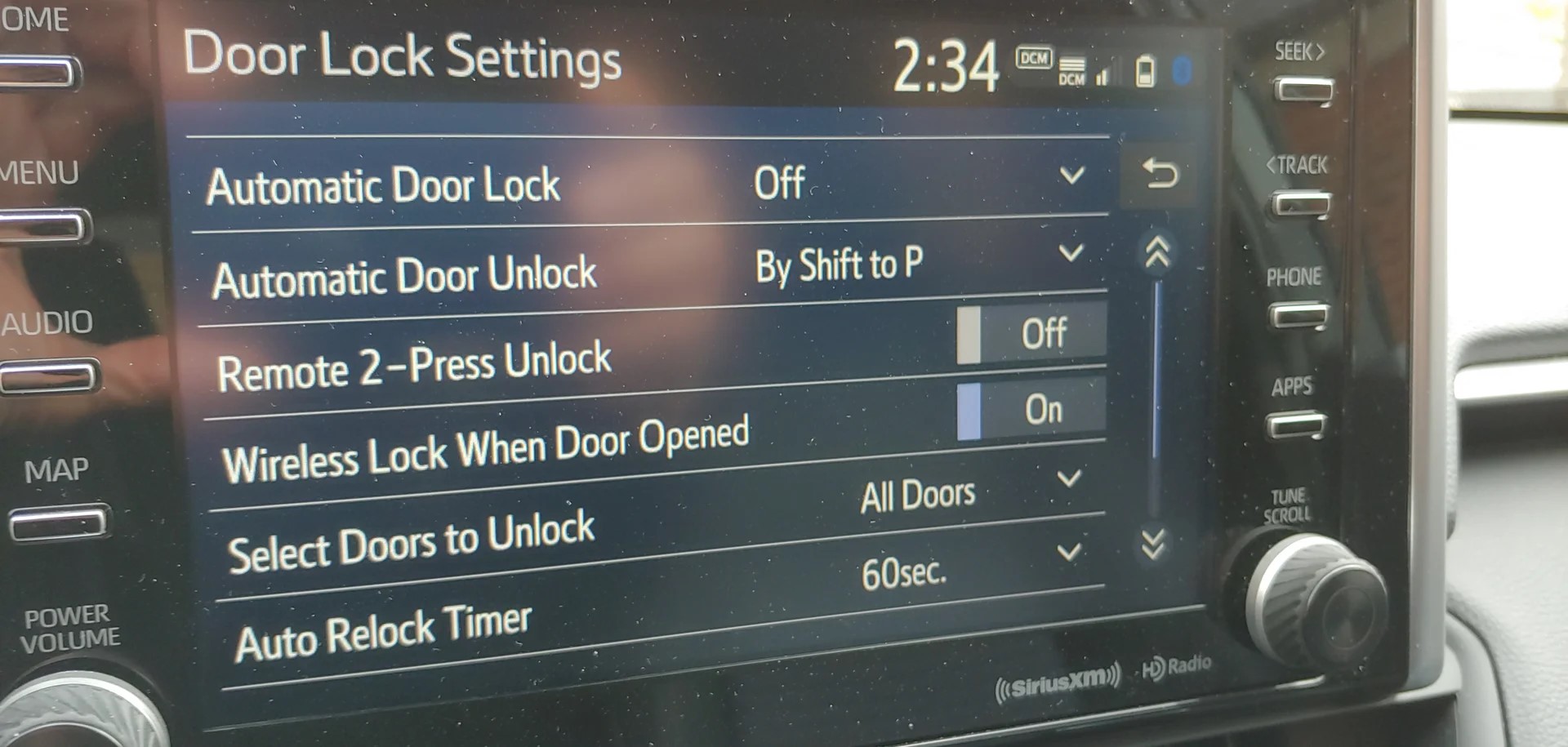

Security & Surveillance
What Is Wireless Lock When Door Opened
Published: December 27, 2023
Learn about the benefits of wireless locks for enhanced security and surveillance when doors are opened. Discover how this technology can improve your home or business security.
(Many of the links in this article redirect to a specific reviewed product. Your purchase of these products through affiliate links helps to generate commission for Storables.com, at no extra cost. Learn more)
Introduction
In the realm of security and surveillance, wireless locks have emerged as a cutting-edge solution that seamlessly integrates advanced technology with the fundamental need for safety and access control. These innovative locks provide a flexible and secure alternative to traditional mechanical locking systems, offering a myriad of benefits for residential, commercial, and industrial applications.
Wireless locks are designed to operate without the need for physical keys, employing encrypted signals and authentication methods to grant access. This modern approach not only enhances convenience but also bolsters security, making it an appealing choice for modern-day security systems.
As we delve into the intricacies of wireless locks, we will explore their inner workings, the manifold advantages they offer, the robust security features they encompass, the various types available in the market, as well as the installation and maintenance considerations. By unraveling the complexities and nuances of wireless locks, we aim to provide a comprehensive understanding of this pivotal component in the realm of security and access control.
Key Takeaways:
- Wireless locks offer convenient and secure access control without physical keys, using encrypted signals and authentication methods. They enhance security and flexibility, making them ideal for modern security systems.
- With diverse types like Bluetooth, Wi-Fi, RFID, biometric, and keypad-enabled locks, wireless locks cater to various security needs. Professional installation and proactive maintenance are crucial for their optimal functionality and longevity.
Read more: How To Open Sliding Door Lock
How Wireless Locks Work
Wireless locks operate on the principles of wireless communication and advanced encryption to provide secure and convenient access control. These locks are equipped with electronic components and utilize wireless technology, such as Bluetooth, Wi-Fi, or RFID, to facilitate seamless connectivity with authorized devices or access credentials.
When an individual attempts to access a door secured with a wireless lock, the lock’s system communicates with the authorized device or credential to authenticate the user’s access rights. This authentication process can involve various methods, including digital keys stored on smartphones, access cards, biometric data, or unique access codes.
Upon successful authentication, the wireless lock disengages, allowing the individual to enter the secured area. In some cases, the lock may also log the access event, providing valuable data for security monitoring and audit trails.
Moreover, wireless locks can be integrated with centralized access control systems, enabling administrators to manage and monitor access permissions remotely. This centralized approach empowers administrators to modify access rights, track access events in real-time, and respond promptly to security incidents or breaches.
By leveraging wireless connectivity and advanced encryption protocols, wireless locks offer a sophisticated yet user-friendly approach to access control. The seamless integration of electronic components and wireless technology ensures that these locks can adapt to diverse security requirements while enhancing overall operational efficiency.
Benefits of Wireless Locks
Wireless locks present a multitude of advantages that cater to both residential and commercial settings, revolutionizing the way access control is managed. These benefits encompass enhanced convenience, heightened security, and streamlined access management.
- Convenience: One of the primary benefits of wireless locks is the convenience they offer. With the elimination of traditional keys, users can effortlessly access secured areas using digital keys stored on their smartphones or access cards. This eradicates the need for physical keys and the associated risks of loss or unauthorized duplication.
- Flexibility: Wireless locks provide unparalleled flexibility in access control. Administrators can swiftly modify access permissions, add or revoke credentials, and manage multiple access points from a centralized system. This agility is particularly valuable in dynamic environments where access requirements frequently change.
- Enhanced Security: By leveraging advanced encryption and authentication methods, wireless locks bolster security measures. The use of encrypted communication protocols and multifactor authentication mitigates the risk of unauthorized access, enhancing overall security posture.
- Real-time Monitoring: Many wireless lock systems offer real-time monitoring and audit trail capabilities, enabling administrators to track access events, identify anomalies, and respond promptly to security incidents. This transparency and visibility contribute to proactive security management.
- Integration Capabilities: Wireless locks seamlessly integrate with existing security systems, such as access control platforms and surveillance systems. This integration fosters a cohesive security infrastructure, allowing for centralized management and comprehensive oversight of security operations.
- User Accountability: With the ability to log and track access events, wireless locks promote user accountability. This feature is instrumental in investigations and compliance adherence, as it provides a detailed record of access activities.
Overall, the benefits of wireless locks extend beyond conventional access control, encompassing modern conveniences, robust security measures, and adaptable access management capabilities. These advantages position wireless locks as a pivotal component in contemporary security solutions, catering to the evolving needs of residential, commercial, and industrial environments.
Security Features
Wireless locks are equipped with an array of robust security features that fortify access control and safeguard against unauthorized entry. These features are meticulously designed to mitigate security risks and ensure the integrity of the access control system.
- Encryption Protocols: Wireless locks employ advanced encryption protocols to secure communication between the lock and authorized devices or access credentials. This encryption safeguards against unauthorized interception or tampering of access signals, bolstering the overall security of the system.
- Multifactor Authentication: Many wireless locks support multifactor authentication, requiring users to provide multiple forms of verification, such as a digital key and biometric authentication, before access is granted. This layered approach enhances the authentication process, reducing the likelihood of unauthorized access.
- Remote Access Control: The capability to remotely manage access permissions and monitor access events empowers administrators to promptly respond to security incidents. By leveraging remote access control features, administrators can swiftly revoke access, modify permissions, and track access activities in real time.
- Tamper Detection: Wireless locks are often equipped with tamper detection mechanisms that trigger alerts in the event of unauthorized attempts to manipulate or bypass the lock. These mechanisms serve as a deterrent and provide proactive alerts to security personnel, mitigating potential security breaches.
- Access Logging and Reporting: Comprehensive access logging and reporting functionalities enable wireless locks to capture and store access events. This feature facilitates detailed audit trails, which are instrumental in forensic investigations, compliance adherence, and identifying patterns of access behavior.
By integrating these security features, wireless locks establish a resilient barrier against unauthorized access, intrusions, and security breaches. The amalgamation of encryption, multifactor authentication, remote access control, tamper detection, and access logging fortifies the integrity of access control systems, instilling confidence in their ability to uphold stringent security standards.
When a wireless lock is opened, it means that the door can be unlocked and opened without using a physical key. This can be done using a remote control, smartphone, or keypad, providing convenience and security for the user.
Types of Wireless Locks
Wireless locks encompass a diverse range of configurations and functionalities, catering to various security requirements and operational preferences. These locks are designed to accommodate different access control scenarios, offering flexibility and adaptability across residential, commercial, and industrial environments.
- Bluetooth-Enabled Locks: These locks utilize Bluetooth technology to establish wireless connectivity with authorized devices, such as smartphones or tablets. Bluetooth-enabled locks offer seamless and proximity-based access, enhancing user convenience while maintaining robust security measures.
- Wi-Fi-Connected Locks: Wi-Fi-connected locks leverage wireless networks to facilitate remote access control and real-time monitoring. These locks enable administrators to manage access permissions and track access events from virtually anywhere, providing unparalleled flexibility in access management.
- RFID-Based Locks: RFID-based locks utilize radio frequency identification technology to authenticate access credentials, such as RFID cards or key fobs. These locks offer swift and contactless access, making them ideal for high-traffic areas and environments where user convenience is paramount.
- Biometric Wireless Locks: Biometric wireless locks integrate biometric authentication methods, such as fingerprint scanning or facial recognition, to verify user identities. These locks offer a high level of security and user accountability, as access is contingent on unique biometric traits.
- Keypad-Enabled Locks: Keypad-enabled wireless locks feature alphanumeric keypads for user authentication, allowing users to input access codes for entry. These locks are suitable for scenarios where multiple users require access, and the convenience of code-based entry is favored.
Each type of wireless lock presents distinct capabilities and advantages, catering to diverse access control requirements and user preferences. Whether it’s the seamless connectivity of Bluetooth-enabled locks, the remote management features of Wi-Fi-connected locks, the contactless access of RFID-based locks, the robust security of biometric locks, or the versatility of keypad-enabled locks, the array of options ensures that there is a wireless lock solution tailored to specific security needs.
Read more: How To Open Locked Door With Card
Installation and Maintenance
The installation and maintenance of wireless locks play a pivotal role in ensuring their optimal functionality and longevity. Proper installation practices and proactive maintenance routines contribute to the reliability and effectiveness of wireless lock systems, ultimately enhancing the overall security infrastructure.
Installation:
When deploying wireless locks, meticulous attention to installation guidelines is essential to guarantee seamless integration and operational efficacy. Professional locksmiths or certified security system installers are adept at mounting and configuring wireless locks, adhering to manufacturer specifications and industry best practices. The installation process typically involves the following key steps:
- Assessment of Compatibility: Prior to installation, an assessment of the compatibility of the wireless lock with existing door hardware and access control systems is conducted to ensure seamless integration.
- Mounting and Configuration: The wireless lock is securely mounted onto the door, and its connectivity with authorized devices or access credentials is configured according to the specific access control requirements.
- Testing and Calibration: Rigorous testing and calibration procedures are carried out to validate the functionality of the wireless lock, including its communication with access credentials and responsiveness to access requests.
- Integration with Access Control Systems: If applicable, the wireless lock is integrated with centralized access control systems, enabling administrators to manage access permissions and monitor access events from a centralized platform.
Maintenance:
Regular maintenance is imperative to uphold the performance and reliability of wireless locks. Maintenance activities are aimed at preserving the integrity of the locks, identifying potential issues, and addressing any operational concerns. Key maintenance practices include:
- Periodic Inspections: Scheduled inspections of wireless locks are conducted to assess their physical condition, functionality, and connectivity. Any signs of wear, damage, or operational irregularities are promptly addressed.
- Software Updates: Keeping the firmware and software of wireless locks up to date is crucial to mitigate security vulnerabilities and ensure compatibility with evolving technology standards.
- Battery Replacement: For wireless locks equipped with battery-powered components, regular battery checks and replacements are essential to prevent operational disruptions due to power depletion.
- Technical Support: Establishing a relationship with qualified technical support providers or security system integrators facilitates swift resolution of any technical issues or concerns related to wireless locks.
By adhering to meticulous installation procedures and implementing proactive maintenance protocols, the operational lifespan and reliability of wireless locks are optimized, contributing to the sustained security of the premises they safeguard.
Conclusion
Wireless locks represent a paradigm shift in access control, offering a fusion of advanced technology, enhanced security, and unparalleled convenience. The evolution of these innovative locks has redefined the landscape of security and surveillance, catering to the dynamic needs of residential, commercial, and industrial environments.
By leveraging wireless communication, encryption protocols, and diverse authentication methods, wireless locks provide a robust and adaptable solution for access control. The seamless integration of these locks with centralized access management systems empowers administrators to exercise precise control over access permissions and monitor access events in real time, fostering a proactive approach to security management.
Furthermore, the diverse array of wireless lock types, including Bluetooth-enabled locks, Wi-Fi-connected locks, RFID-based locks, biometric locks, and keypad-enabled locks, ensures that there is a tailored solution for every security requirement, encompassing user preferences and operational demands.
As wireless locks continue to proliferate in the realm of security and access control, the emphasis on professional installation and proactive maintenance remains paramount. By adhering to industry best practices and implementing routine maintenance, the reliability and effectiveness of wireless locks are upheld, fortifying the overall security infrastructure.
In conclusion, wireless locks epitomize the convergence of innovation and practicality, redefining access control with their seamless connectivity, robust security features, and adaptability. As these locks continue to evolve and integrate with emerging technologies, they are poised to remain at the forefront of modern security solutions, addressing the evolving challenges and complexities of access control in an interconnected world.
Frequently Asked Questions about What Is Wireless Lock When Door Opened
Was this page helpful?
At Storables.com, we guarantee accurate and reliable information. Our content, validated by Expert Board Contributors, is crafted following stringent Editorial Policies. We're committed to providing you with well-researched, expert-backed insights for all your informational needs.
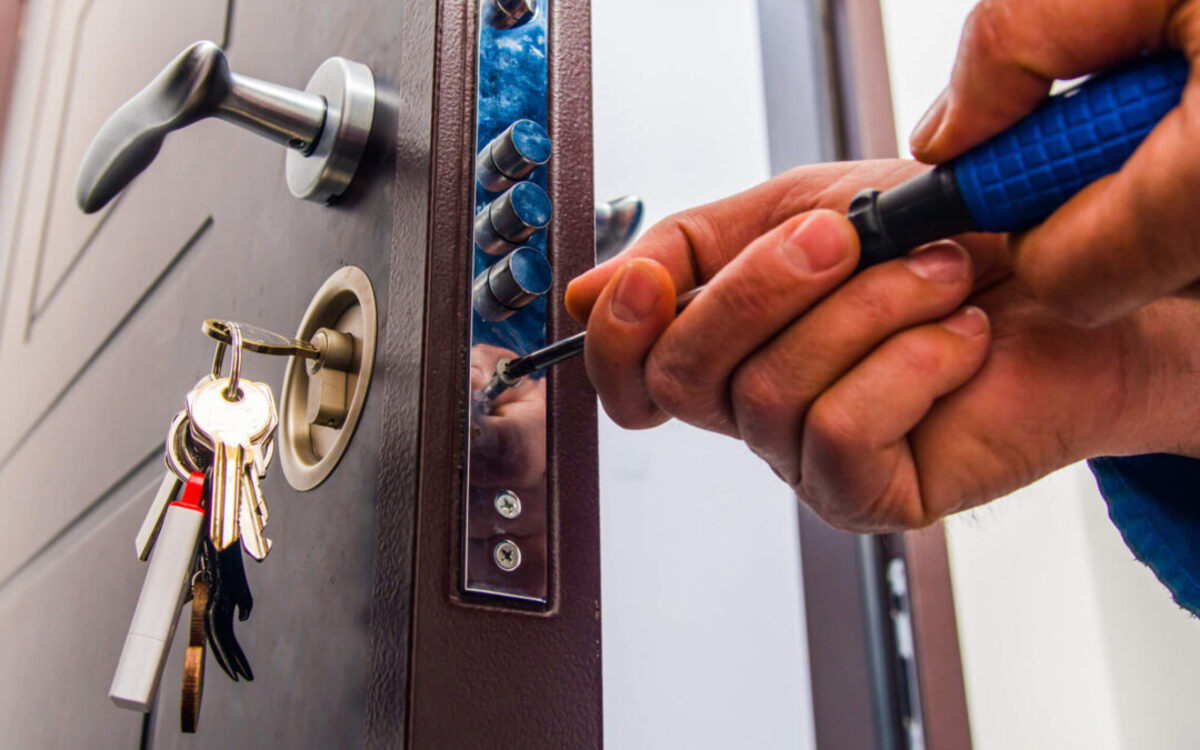
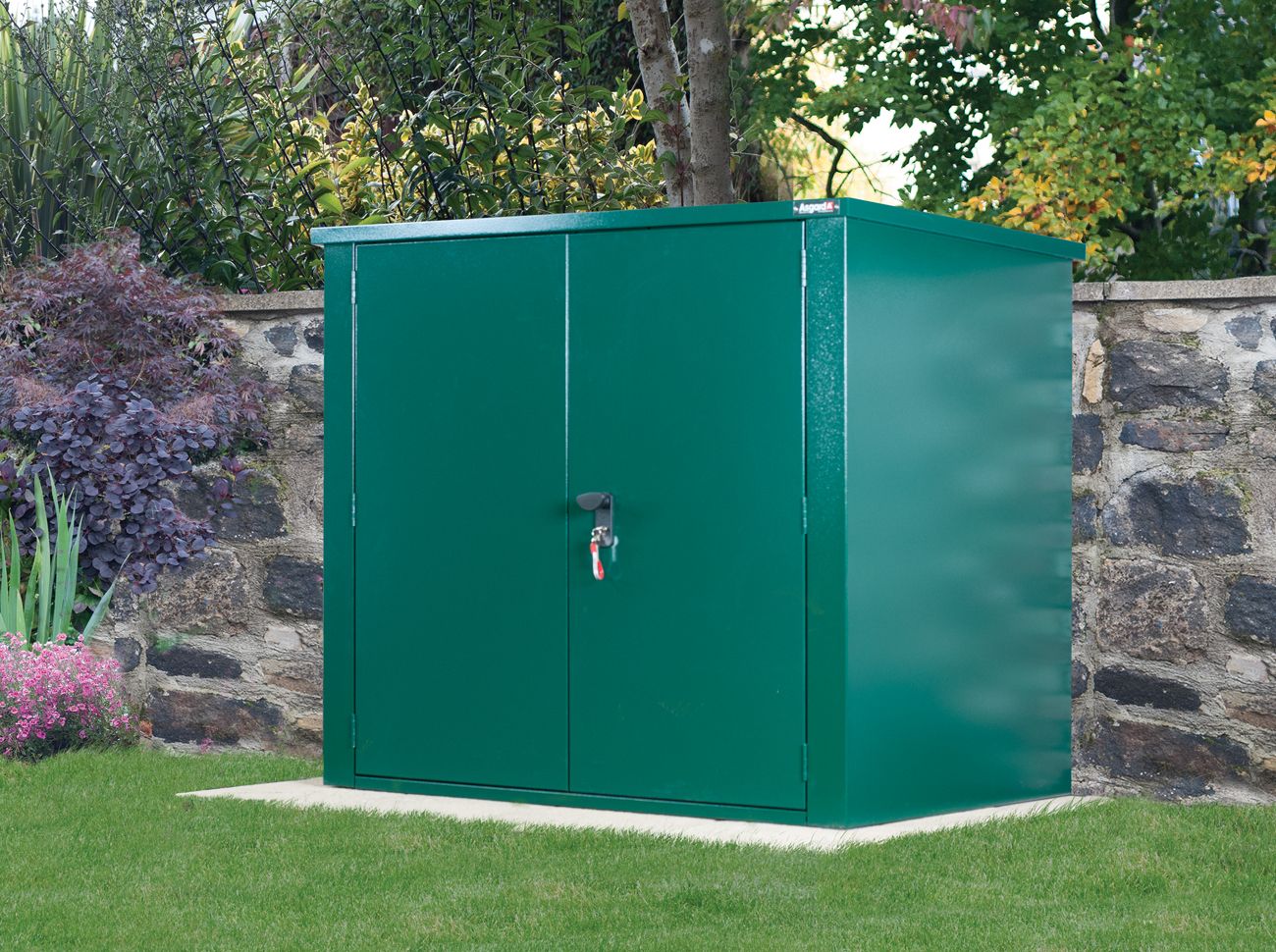
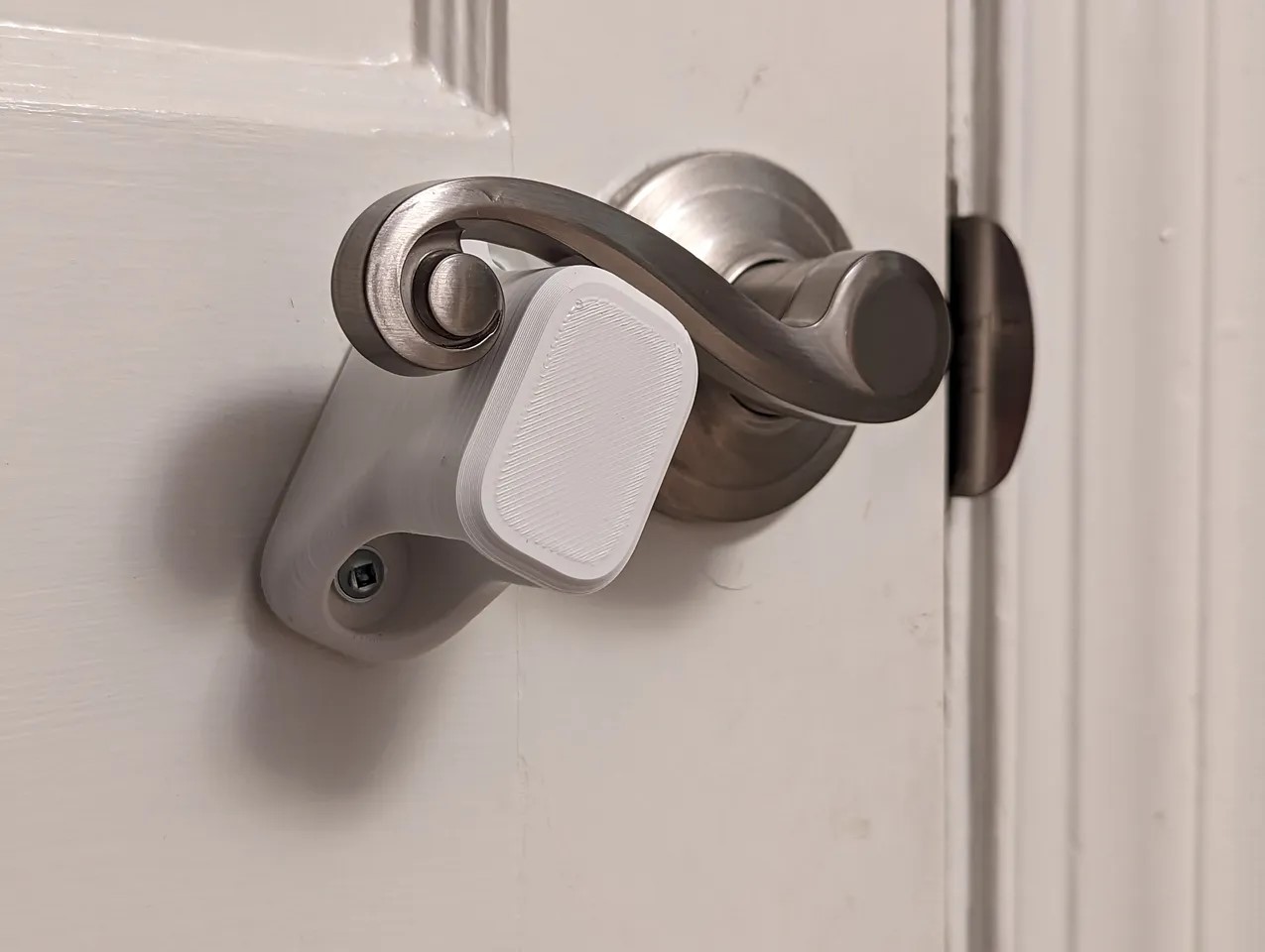
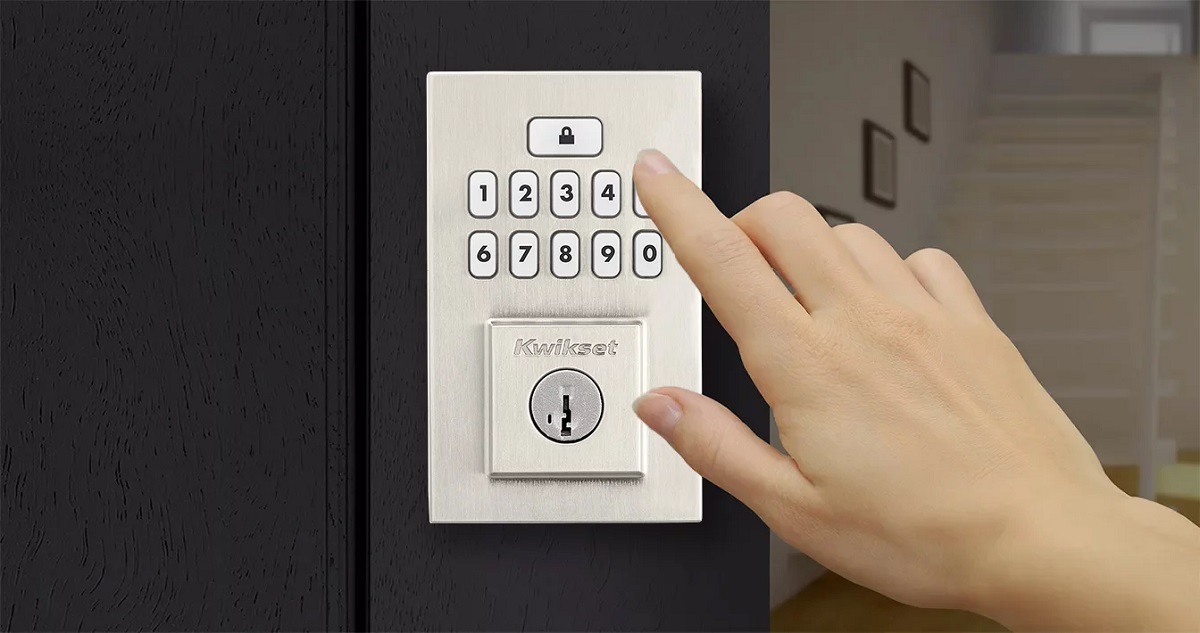
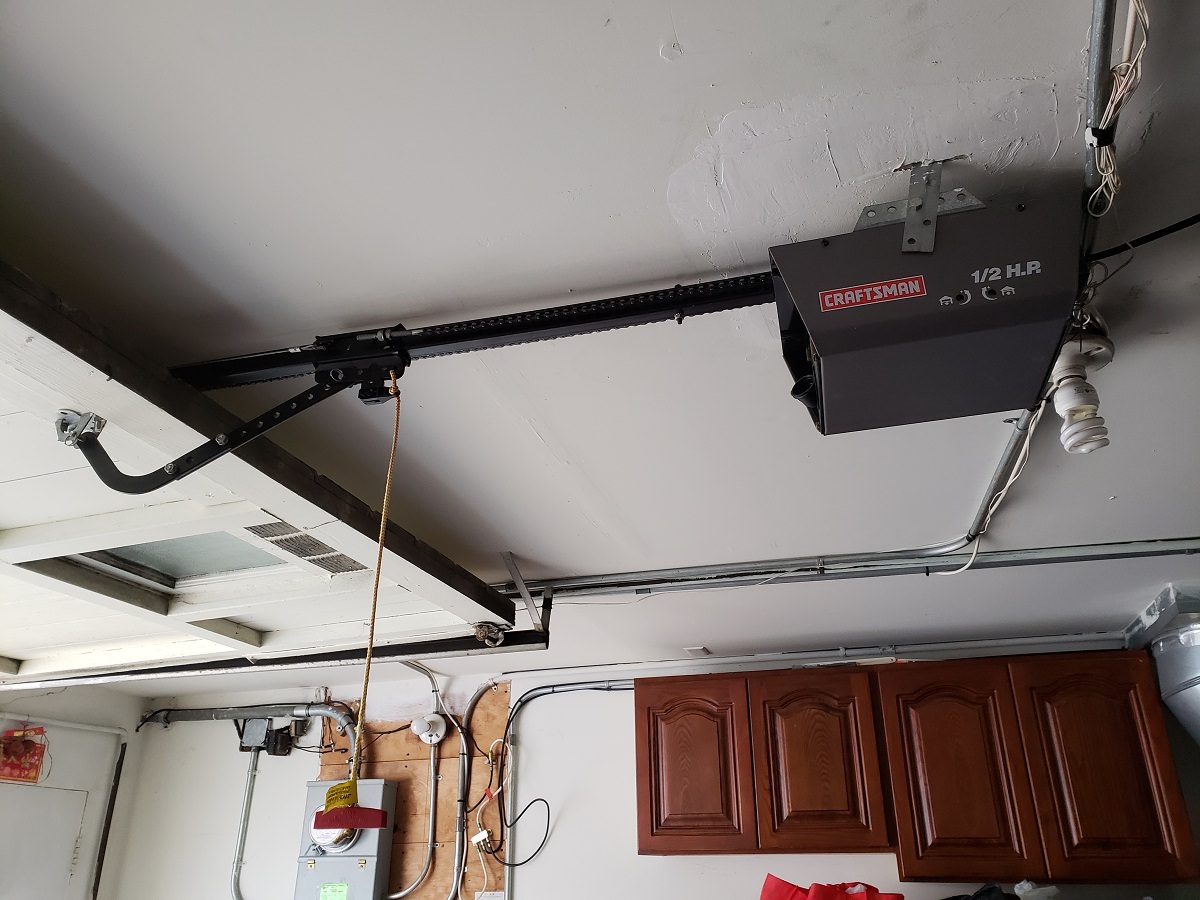
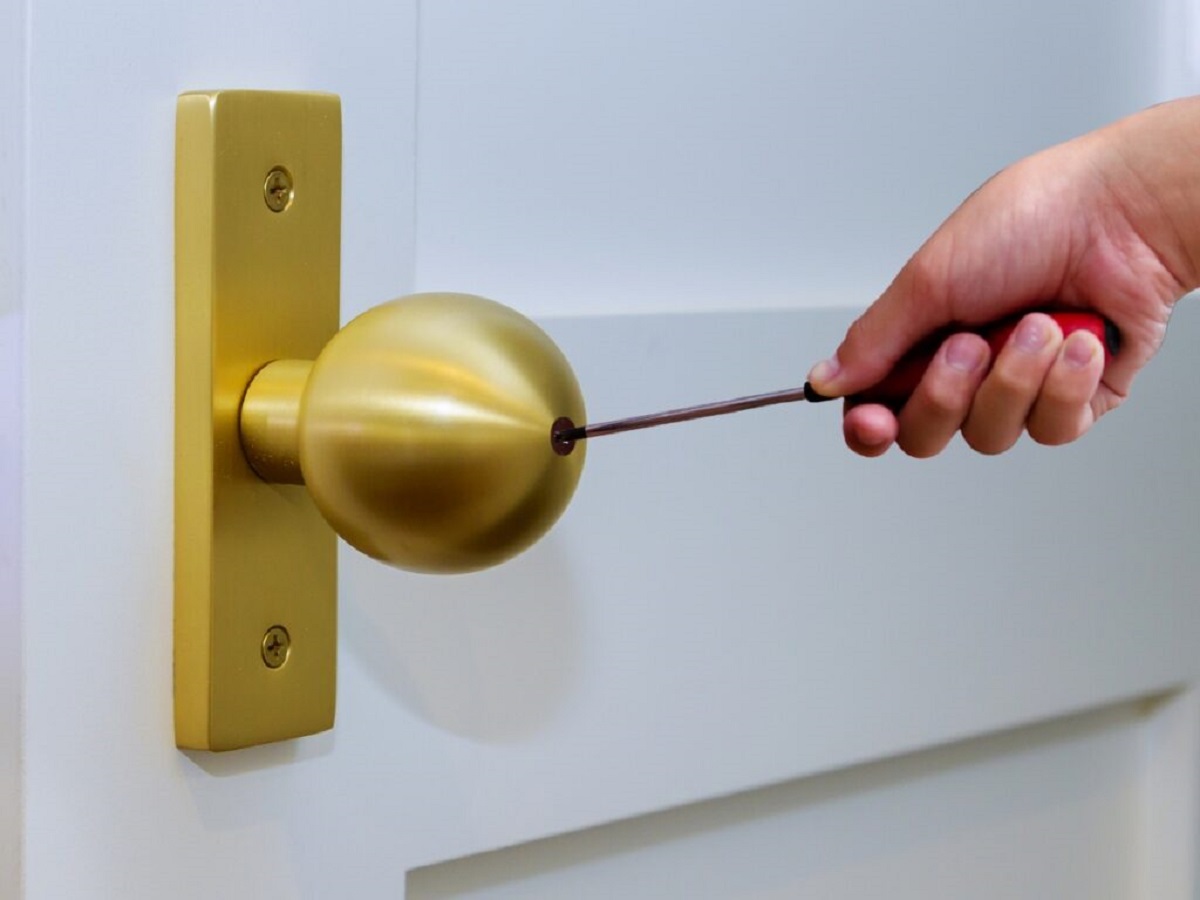
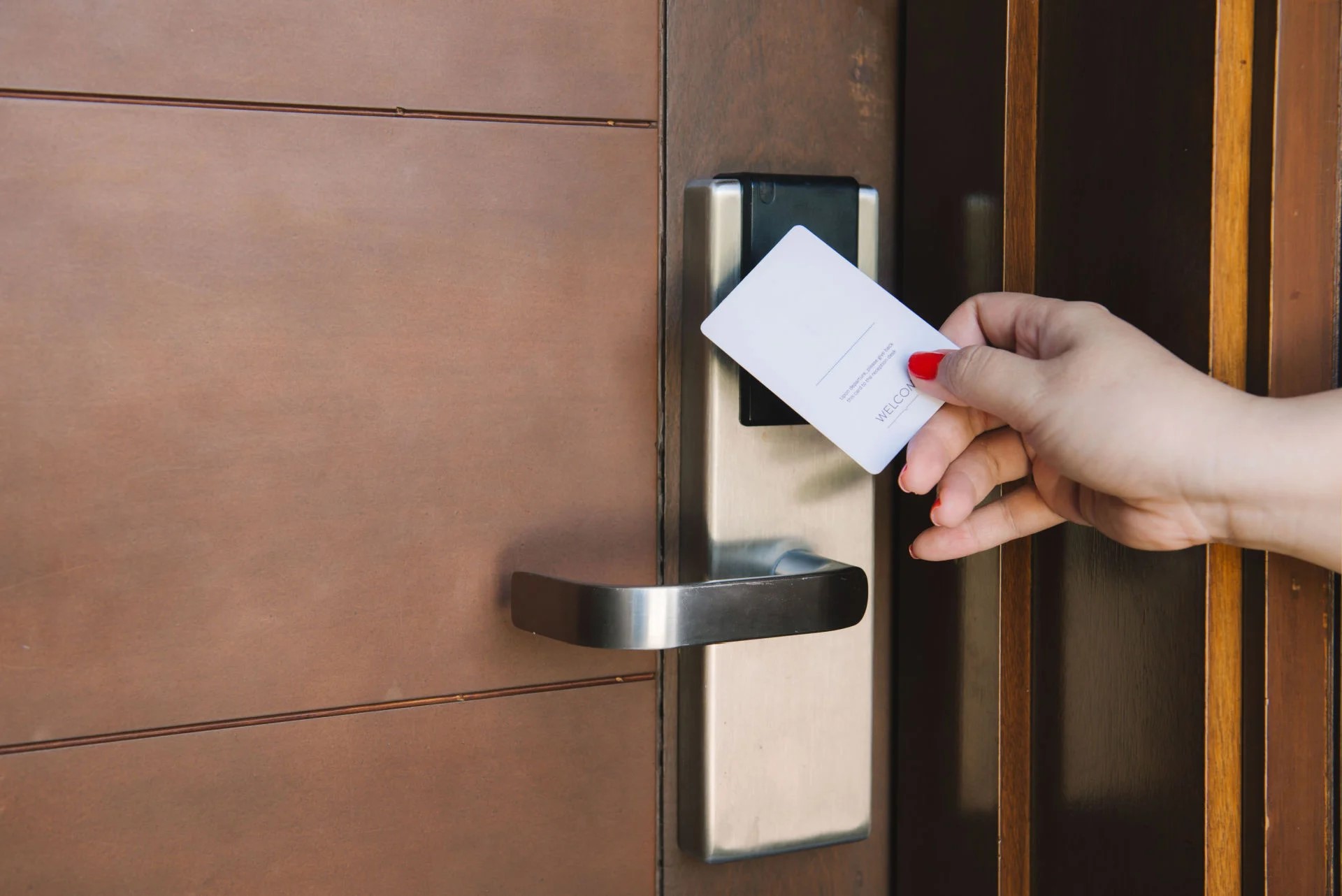

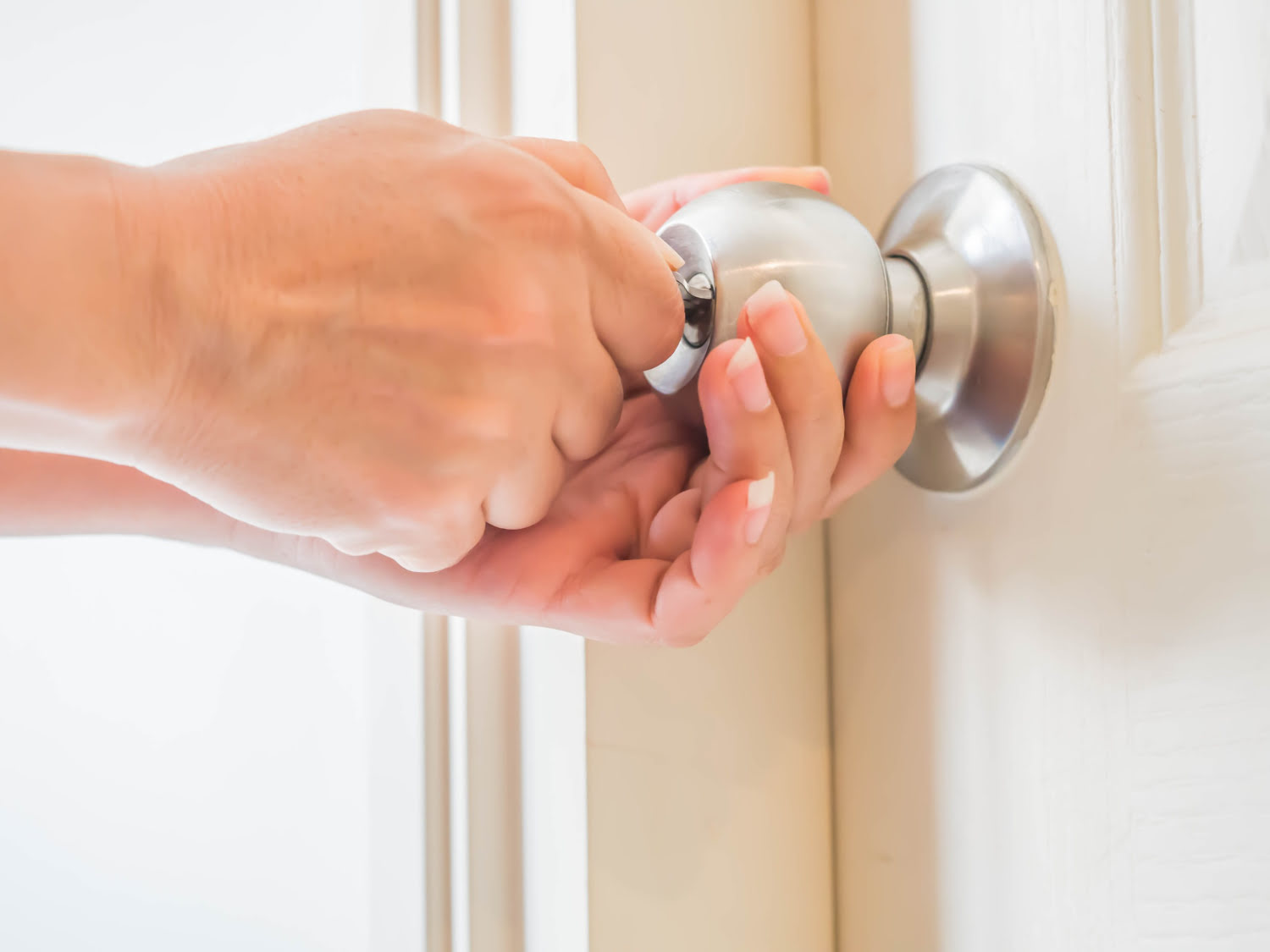
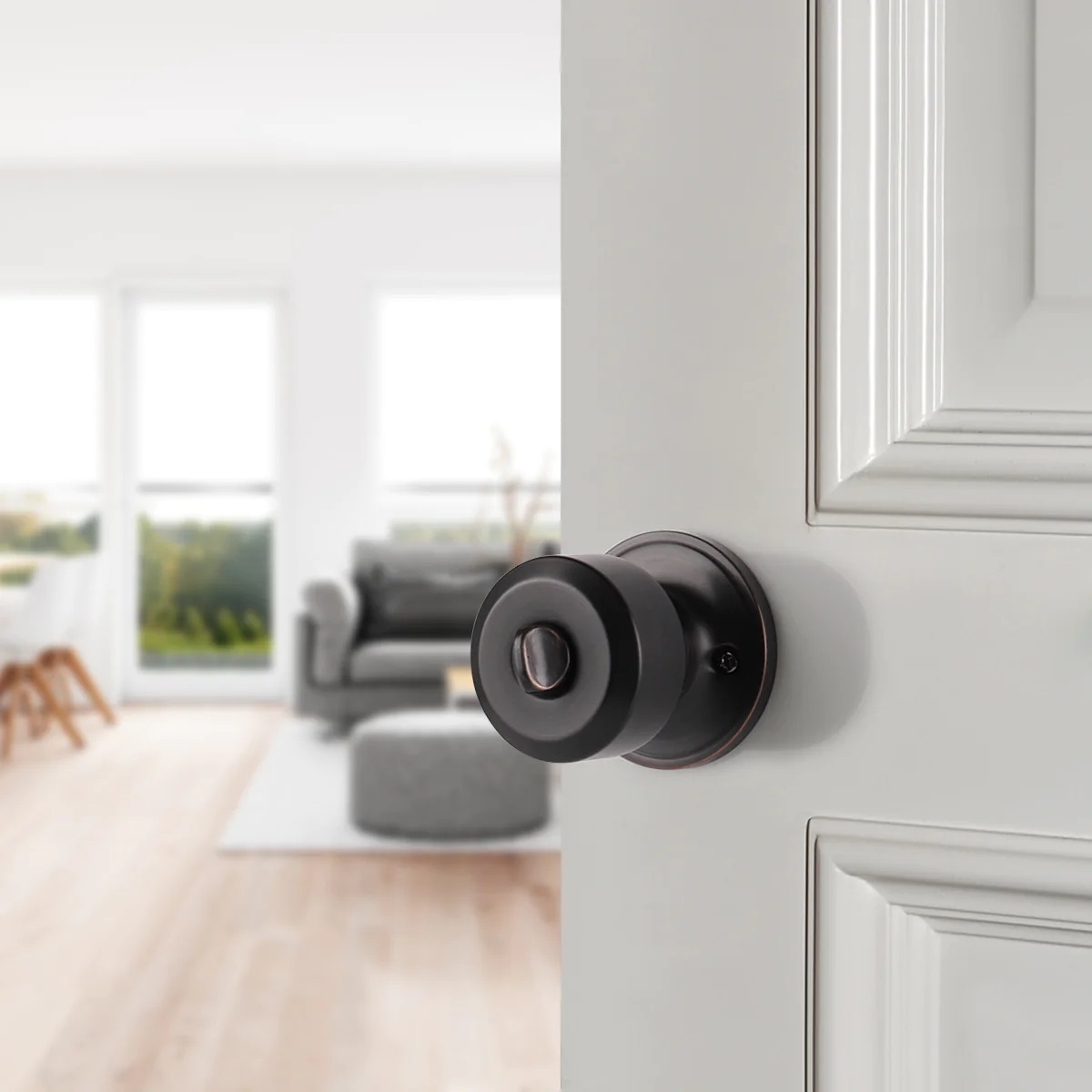
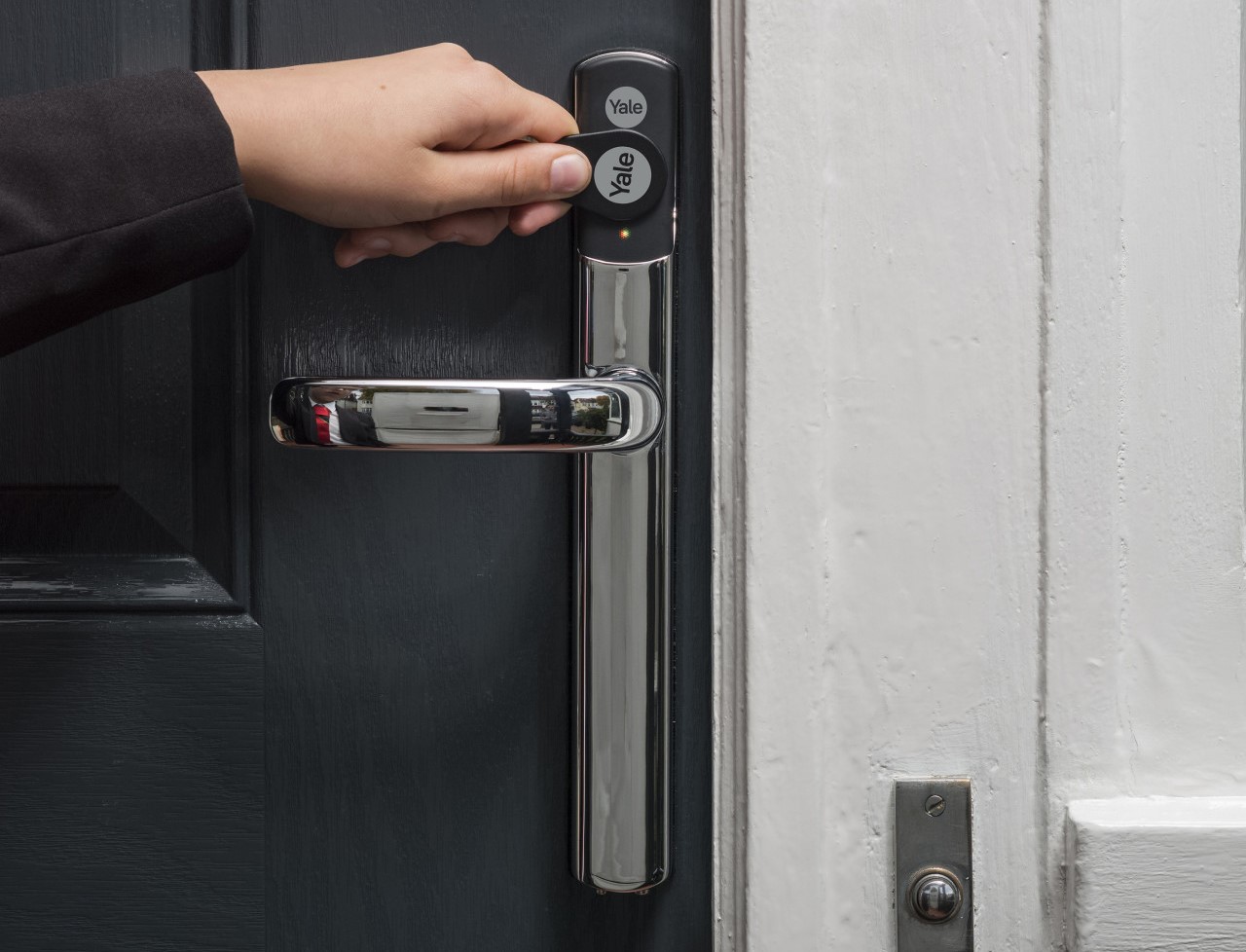
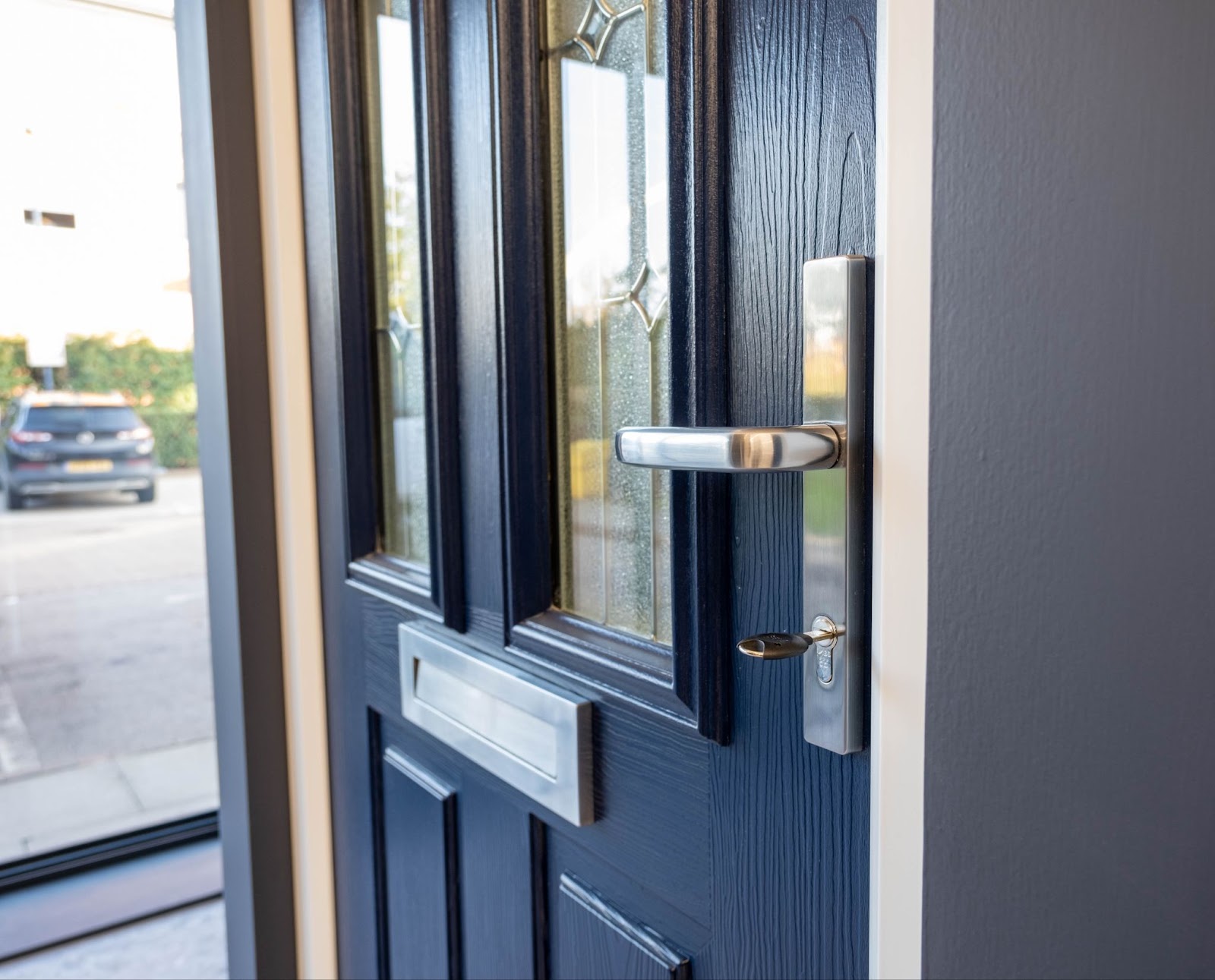
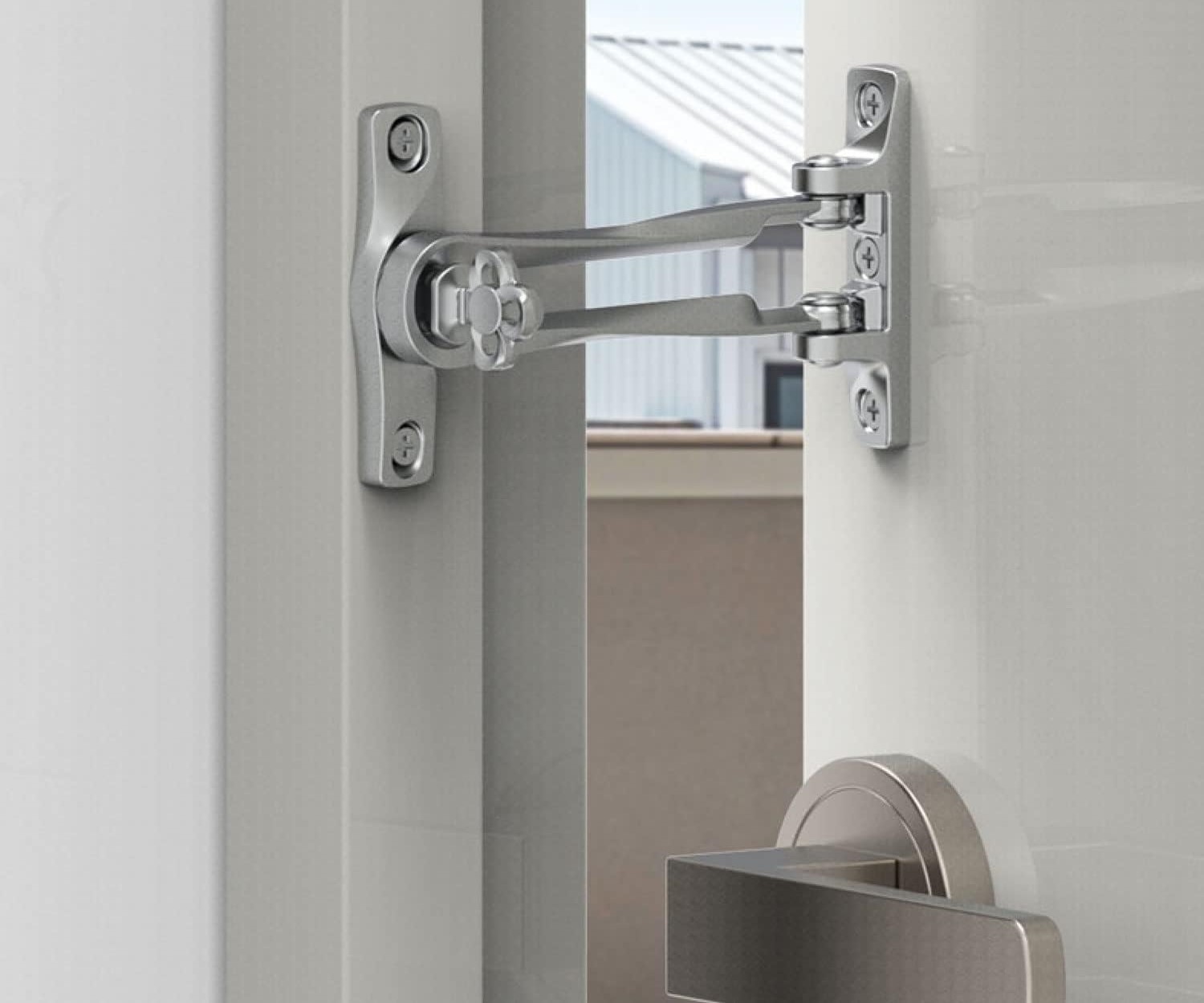
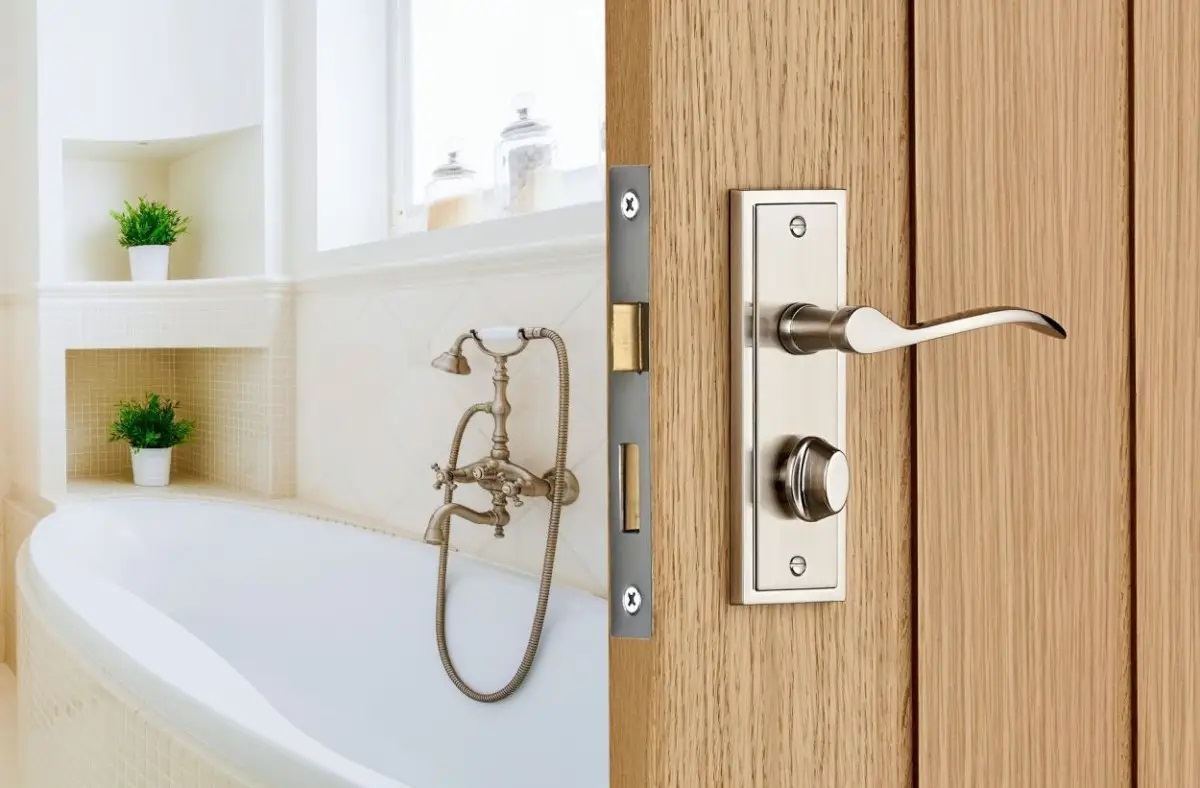

0 thoughts on “What Is Wireless Lock When Door Opened”